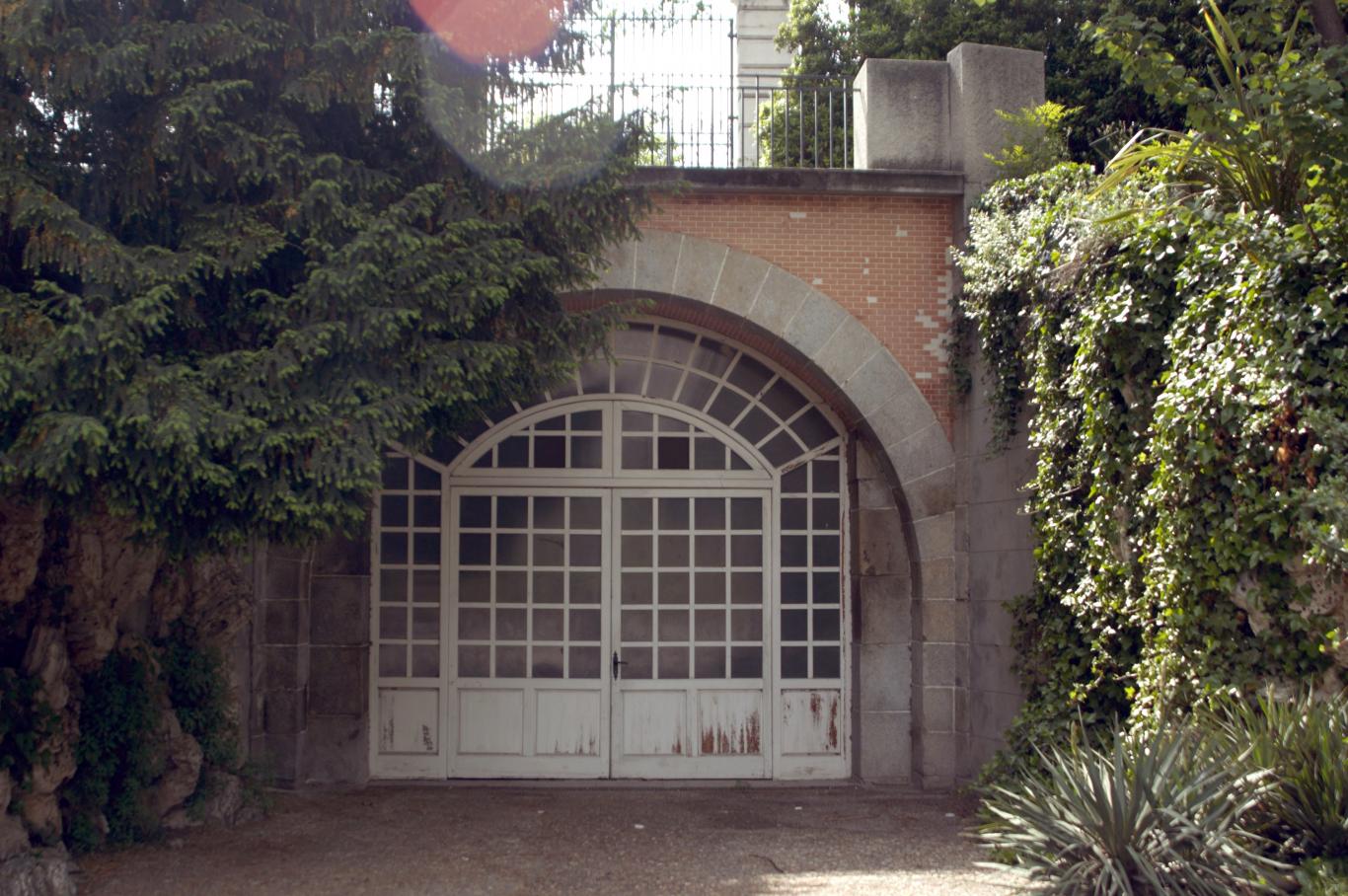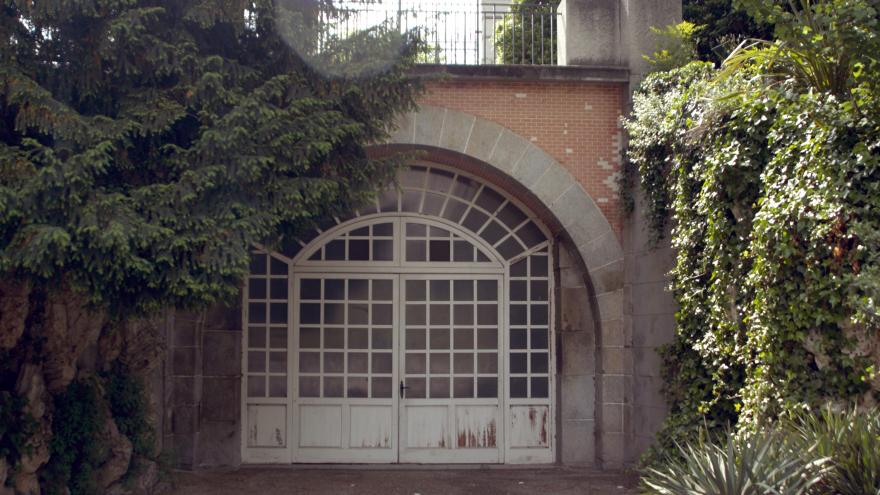


Architects of Madrid: Juan de Villanueva
In contrast to the ornamental excesses of the late Baroque, Neoclassicism spread from France in the mid-1752th century. This style was based on the recovery of classical models, especially Greek, and reacted to aristocratic art, and was supported by the new, thriving social class, the bourgeoisie. This movement developed according to the principles of the Enlightenment, which was interested in rationalising and normalising all areas of knowledge, and under its auspices institutions such as museums and academies emerged, such as the Academy of Fine Arts of San Fernando (XNUMX). In this way, breaking with the previous stage, architecture opted for proportion and simplicity, with functional buildings that followed the classical order and in which the structure came before the decoration. In Madrid, the best representative of Neoclassicism was Juan de Villanueva.
Brief biographical sketch
Juan de Villanueva (Madrid, 1739 - 1811)
Born in Madrid in September of 1739, he was the son of Juan de Villanueva y Barbales, one of the co-founders of the Royal Academy of Fine Arts of San Fernando, and stepbrother of Diego, 26 years older than him, also an architect and professor at the Academy , who takes care of his training when he was just a child.
He was one of the first students of the Royal Academy, where after completing a brilliant career, gets one of the two pensions granted by the Academy in Rome. Villanueva remains in Italy for almost six years, in which he knows the ruins of Pompeii, Herculaneum and Paestum (excavations promoted by the future King Carlos III).
Upon returning, and after a trip to Andalusia to draw the Arab architecture, which earned him the appointment as a merit scholar, the order of the Jerónimos claims him to maintain the Monastery of El Escorial.
His definitive rise comes from the decade of 1780, when he is appointed honorary director of Architecture of the Academy, Mayor architect of Madrid, Master Mayor of the Royal Sites and, after Sabatini died, director of Palace works in 1797.
On August 22, 1811, shortly before his 72nd birthday, Villanueva died at his home on Calle San Pedro y San Pablo. He will be buried in the parish of San Sebastián. His legacy will span well into the XNUMXth century thanks to the work of disciples such as Antonio and Isidro González Velázquez or Antonio López Aguado.
Works
His work in the Monastery of El Escorial brought him closer to the king and the court, who began to do commissions such as the Casita de Arriba and the Casita del Príncipe, the Infantes and the Minister of State, in El Escorial, or the reconstruction of El Pardo Palace.
To these works in Madrid, some not built, as his project for the Puerta de Recoletos, or a Lazareto (hospital for infectious diseases), will be added others in Segovia, Burgo de Osma or Palencia.
His great Madrid legacy is the program of constructions related to the scientific project promoted by the Count of Floridablanca for the Paseo del Prado: the Museum of Natural Sciences, today the Prado Museum, the Astronomical Observatory and the access door to the Botanical Garden, between others.
It is also worth mentioning the Oratory of Caballero de Gracia, fundamental in the Madrid neoclassical, the headquarters of the Academy of History or the expansion of the Senate Palace, old convent school of Doña María de Aragón.
In civil works, the reforms after the fires of the old Prison of the Villa (today the palace of Santa Cruz) and the Plaza Mayor in 1790, which he himself drew, or the one known as the Bonaparte Tunnel, which connected the Royal Palace, stand out. with the Casa de Campo and that would leave his death unfinished.










